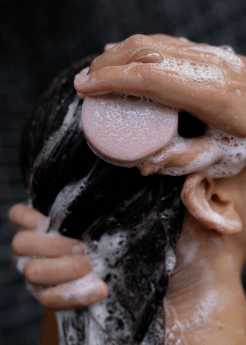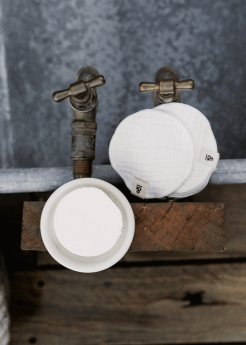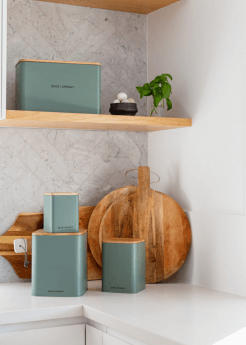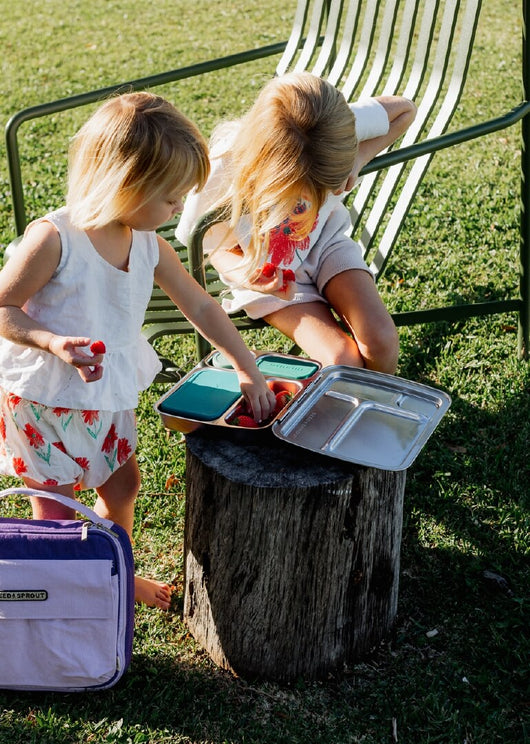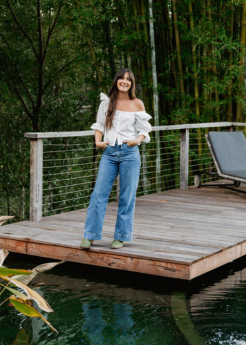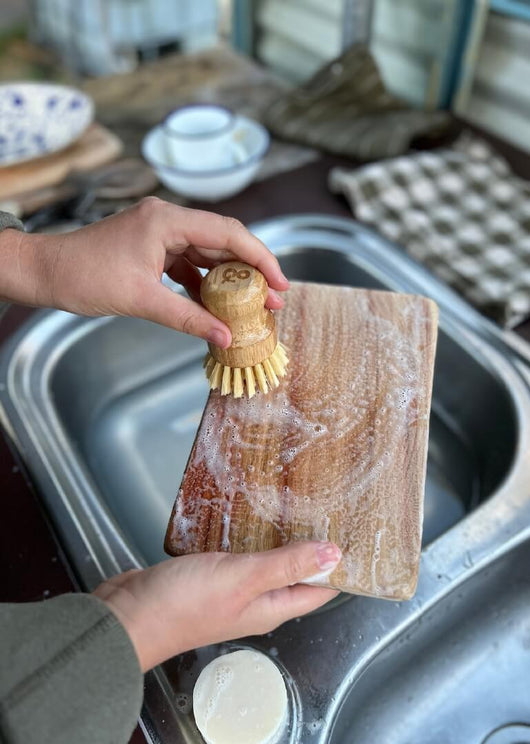What do we do after we eff up?
We learn, we develop and we grow.
After recently discovering traces of Palm Oil in some of our products, we’re taking the opportunity to further educate ourselves, and our community, on this global issue.
With optimism at our core, we’re determined to do better for our people and the planet.
We invite you to join us on this journey.
So, what is Palm Oil?
Palm Oil is derived from the fruit of the oil palm tree. It can be extracted from the fruit in two ways: from the flesh of the fruit - often used in food products - and from the kernel (the stone in the middle of the fruit) - typically used in cosmetics.
Palm Oil can be found in around 50% of the products we consume daily in food, cosmetics, cleaning and personal care products. It is also commonly used to manufacture biofuel.
Why is it considered controversial?
Palm Oil is the most widely used vegetable oil in the world. The commodity can only grow within 10 degrees of the equator in the tropical regions of the earth with Indonesia and Malaysia producing 85% of the world’s palm production.
This means that our current demands are placing a huge amount of pressure on some of the most biodiverse areas of the planet.
This is directly causing mass loss of habitat and wildlife as well as violating human rights and intensifying the effects of climate change.
What products is Palm Oil used in?
Unknown to many, the food industry is in fact responsible for 72% of worldwide Palm Oil usage. Ice cream, biscuits, breakfast cereal, and margarine are just some of the popular food products it is found in.
It is also widely used in cosmetics such as toothpaste, make-up and skincare as well as household cleaning products like dishwashing and laundry products.
The issue with identifying Palm Oil.
Here’s the thing, Palm Oil is often disguised and hidden in the ingredients list under many different names making it so confusing for us consumers.
In fact, Palm Oil Investigations outline 440 potential names for Palm Oil! The ingredients in our products which contain Palm Oil are Sodium Lauryl Sulfoacetate in our Bar Range and Coco-Caprylate/Caprate in our Sunscreen range.
Whilst we were informed that these ingredients were derived from Coconut Oil, we have since discovered that they do contain traces of Palm Oil.
What have we done since this discovery?
We’re continuing to sell our affected products to ensure we don’t create any unnecessary waste, which has always been, and continues to be, a core belief within Seed & Sprout.
We’re donating 10% of all profits to International Animal Rescue Indonesia (IAR), who support land protection and restoration, and promote better land use planning practices.
We made a $50,000 donation to the Orangutan Alliance - an independent, non-profit organisation and registered charity that provides support for reforestation, orangutan rescue, and other meaningful projects that counteract the devastation caused by the Palm Oil Industry.
They believe in both prevention and cure which is why we wanted to support the incredible work they do.
We’re in the process of conducting a company wide health check on all our manufacturers and partners to ensure we have all relevant certification in place, and are making informed decisions on the sources of our raw materials used in all of our products.
We’re working with Palm Oil Investigations (POI) to support us and deepen our understanding of this issue.
POI is a voluntary organisation working to bring awareness to the Palm Oil Industry and offers assistance to brands on certification checks as well as guidance and consulting on Palm Oil free sourcing and supply chains.
They have an Instagram page and website to raise awareness and provide guidance and education on the Palm Oil Industry.
The organisation was founded by Lorinda Jane who has taken the time to answer some of our (and your) questions on this complex issue.
1. Can you tell us a bit about POI and how the organisation came about in 2013?
A distressing image was circulating on Facebook of an Orangutan which had been burnt in an oil palm plantation. This particular Orangutan was laying on the ground with his arms over his head, all his skin had been badly burnt and sadly he died after he was rescued by International Animal Rescue.
It was this image which prompted me to learn about what palm oil was and why the orangutan had been burnt because of it. I discovered it was a vegetable oil hidden in food, cleaning products and personal care so I started a Facebook page to educate others as to what palm oil was and products it was in.
2. How does Palm Oil production negatively impact the environment and why should people care about this?
Palm oil only produces yield when grown 10 degrees north or south of the equator belt. This is where the most biodiverse tropical rainforests in the world are situated. Indonesia is being deforested faster than any other country in the world to make way for palm oil plantations. The peatlands where the rainforests grow, store copious amounts of carbon, when these are destroyed the carbon is then released into the atmosphere.
For peatlands to be suitable for plantation crops, the moisture is first drained from the soil, then to cheaply clear the area, the remaining peat is set alight. Every year, fires rage across Borneo and Sumatra. The smoke stretches as far as Singapore and Thailand, covering these countries in a toxic haze.
3. What species are currently facing endangerment due to palm oil production?
All species that rely on forest for protection and survival are under threat. Included are Orangutans, Tigers, Rhino, Sumatran elephants, Bornean Pygmy elephants, Sunda Clouded Leopard, Slow Loris, Pangolin, Crested black Macaque and the Malayan Tapir to name a few.
4. What's the easiest way that consumers can identify palm oil in products?
Unfortunately lack of truth labelling laws in Australia don't make it easy to identify products containing palm oil. Very rarely will you see palm oil listed as an ingredient. Look out for food items that list palm under the generic term of Vegetable oil. Print out the list of ingredients where palm oil is hidden (here is a list you can reference) and cross check with ingredients listed on packaging.
These ingredients you will find in skin care, hair care, cosmetics, personal care and cleaning products. Also, follow our Facebook page as we constantly reveal products containing palm oil.
5. What are some ways people can avoid products containing palm oil?
The easiest way is to shop the outer aisles in Supermarkets and avoid pre-packaged food. Cook from scratch so you know exactly what is going into your food and try some DIY recipes! You can find some here.
Also look for products which are certified palm oil free or endorsed by palm oil investigations.
References:
https://orangutanalliance.org/
https://www.palmoilinvestigations.org/







